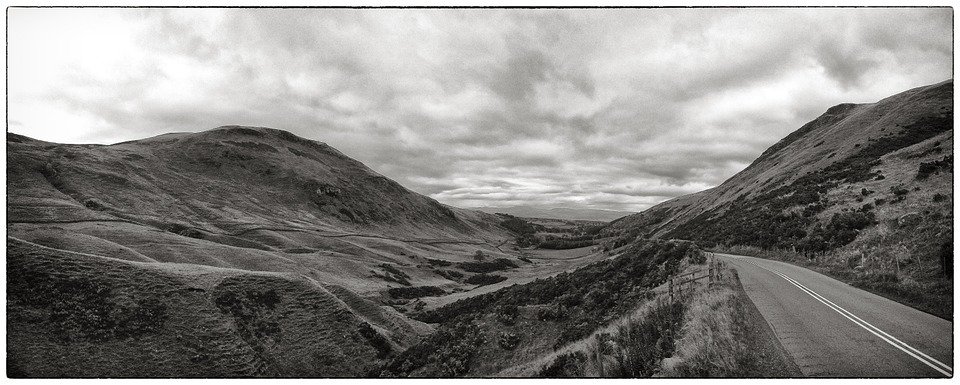Did anyone attend any Hogmanay events this year? I missed it but I heard they were marvellous! A few ancient Hogmanay traditions still to be found are:
- Redding the House – Like the annual spring cleaning in some communities, or the ritual cleaning of the kitchen for Passover, families traditionally did a major clean-up to ready the house for the New Year. Sweeping out the fireplace was very important and there was a skill in reading the ashes, the way some people read tea leaves.
- First Footing – After the stroke of midnight, neighbours visit each other, bearing traditional symbolic gifts such as shortbread or black bun, a kind of fruit cake. The visitor, in turn, is offered a small whisky. The first person to enter a house in the New Year, the first foot, could bring luck for the New Year. The luckiest was a tall, dark and handsome man. The unluckiest was a redhead and the unluckiest of all a red-headed woman, which is a little mean spirited if one thinks of the propensity for redheaded Scots!
- The Singing of Auld Lang Syne – All over the world, people sing Robert Burn’s version of this traditional Scottish air. How it became the New Year’s song is something of a mystery. At Edinburgh’s Hogmanay, people join hands for what is reputed to be the world’s biggest Auld Lang Syne.
- The Saining of the House – This is a very old rural tradition that involved blessing the house and livestock with holy water from a local stream. After the blessing with water, the woman of the house was supposed to go from room to room with a smouldering juniper branch, filling the house with purifying smoke. Once everyone in the household was coughing and choking from the smoke, the windows would be thrown open and reviving drams or two of whisky would be passed around.
- Bonfires and Fire Festivals – Scotland’s fire festivals at Hogmanay and later in January may have pagan or Viking origins. The use of fire to purify and drive away evil spirits is an ancient idea. Fire is at the centre of Hogmanay celebrations in Stonehaven, Comrie and Biggar and has recently become an element in Edinburgh’s Hogmanay celebration.
Hogmanay aside, it’s still a dream of mine to attend the Viking Festival on the island of Shetland. It’s called Up Helly Aa and it refers to any of a variety of fire festivals held annually in the middle of winter to mark the end of the yule season. The festival involves a procession of up to a thousand guizers in Lerwick and considerably lower numbers in the more rural festivals, formed into squads who march through the town or village in a variety of themed costumes.
So if you’d like to extend the New Year’s festivities, why don’t you head up on to Shetland and enjoy the celebration and silliness that marks this festival?

